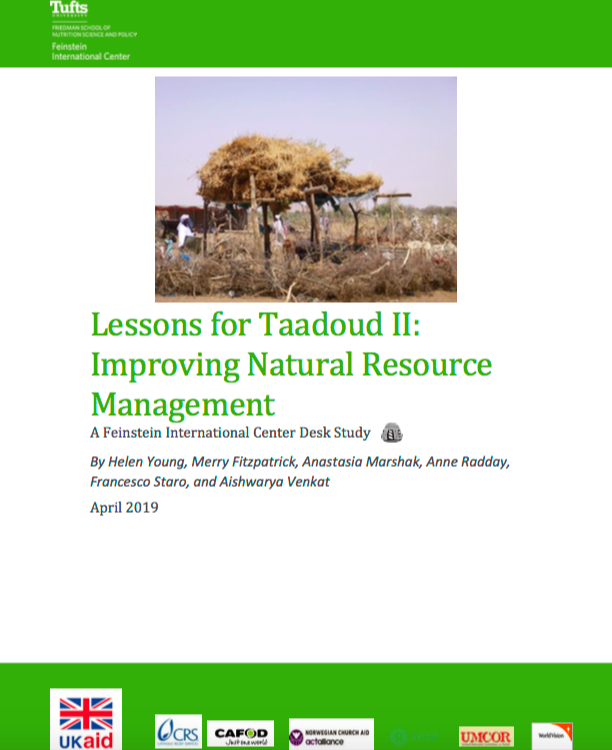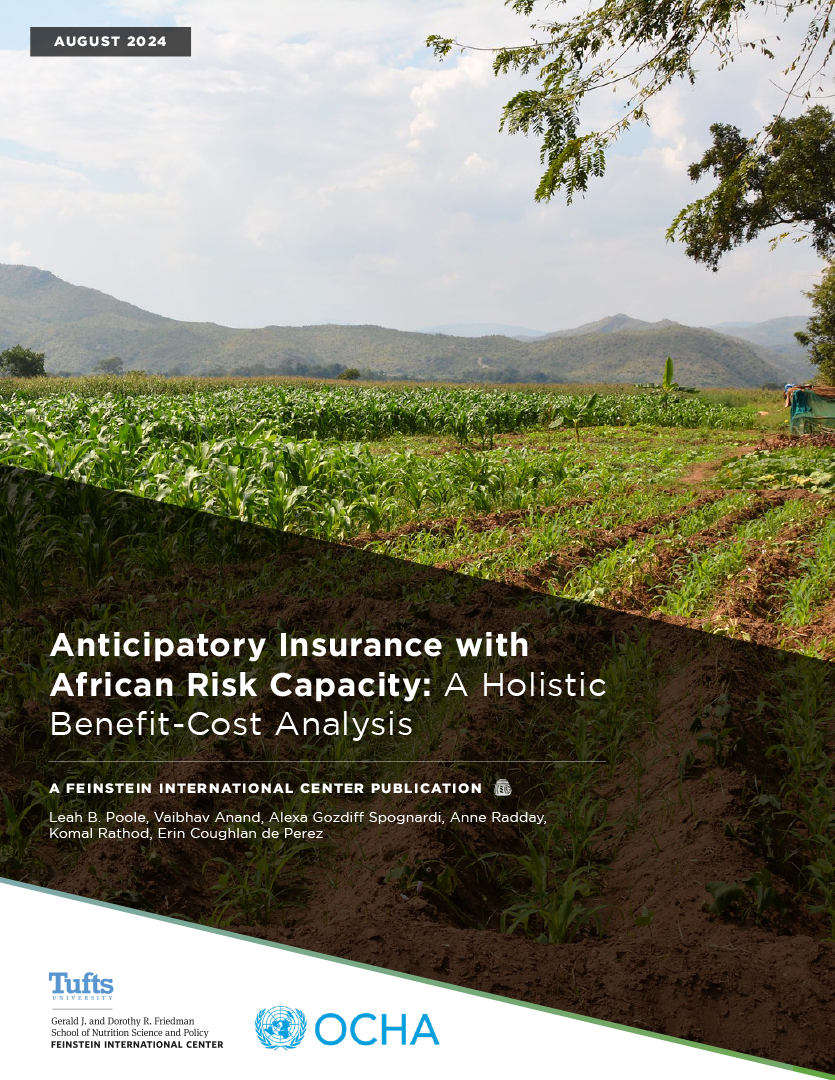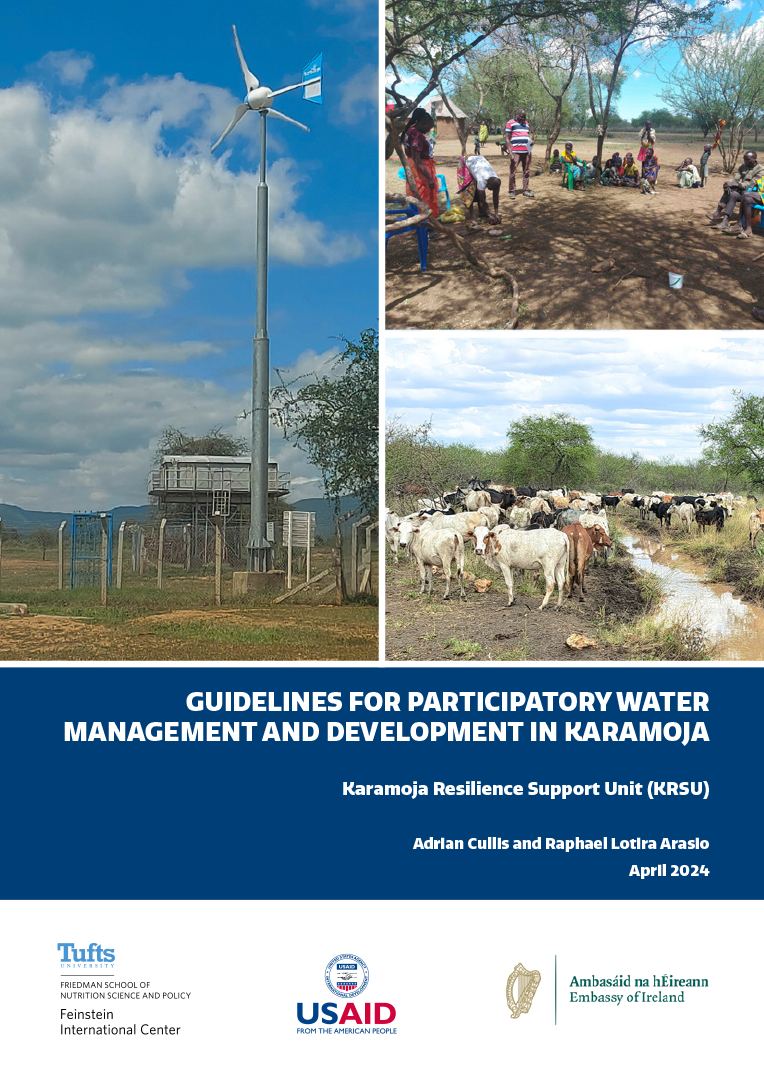The desk report reviews literature on six areas that are critical to planning and implementing effective resilience building efforts in Sudan. While it was written as a reference for the Taadoud II: Transition to Development Program, it can also be useful to organizations working in Sudan and on resilience in drylands contexts more generally.
The six chapters cover:
- History and context of disasters and development in Sudan: This section provides background on the Darfur context, including the history and context of disasters and development in Sudan from the 1960s to the present day. This reveals the endemic nature of shocks and disasters accompanied by an almost continuous cycle of short-term humanitarian response programs.
- Livelihoods, conflict, power, and institutions: This section focuses on understanding how conflict, which has been a feature of the Darfur region, has affected people’s lives and livelihoods, and the institutions and natural resources upon which the majority of livelihoods are based.
- An examination of climate trends in Darfur and the Sahel: a matter of perspective?: This section examines trends in vegetation cover, precipitation, and temperature in the Darfur region based on new analysis of available remote sensing data.
- Natural resource systems and institutions: This section reviews how the farming and pastoralist livelihoods in Darfurhave co-evolved to adapt to the extreme rainfall variability and ecological diversity that are characteristic of the region. The integration between these two sub-systems as part of a wider regional system is critical to their peaceful co-management of natural resources.
- Darfur’s juridical systems, a context of legal pluralism: This section explains Darfur’s juridical system, which is made up of three institutions: formal courts, local customary courts (under the Native Administration), and traditional (judiya) justice. These institutions operate very differently, sometimes complementing each other and other times competing with each other.
- The transition from humanitarian action to early recovery and resilience programs: This section examines the challenges that many humanitarian agencies face when shifting from humanitarian to resilience approaches and/or incorporating resilience concepts into their humanitarian programs.
Each chapter offers key lessons for the Taadoud program, which may also be relevant to similar programs.
Learn more about the Taadoud program here.







